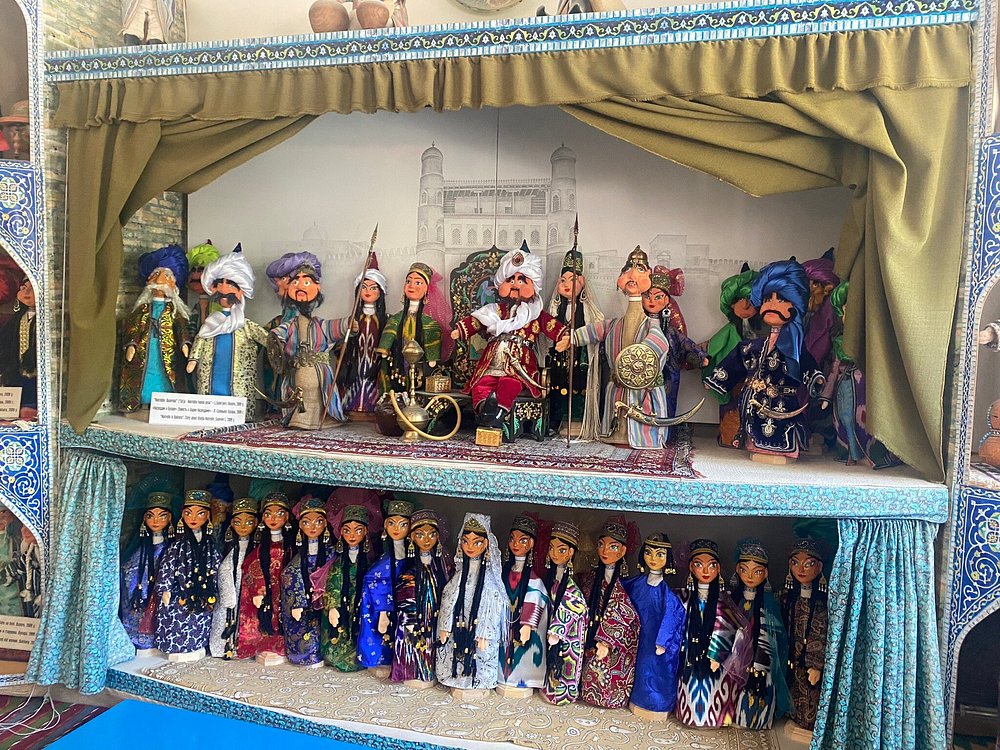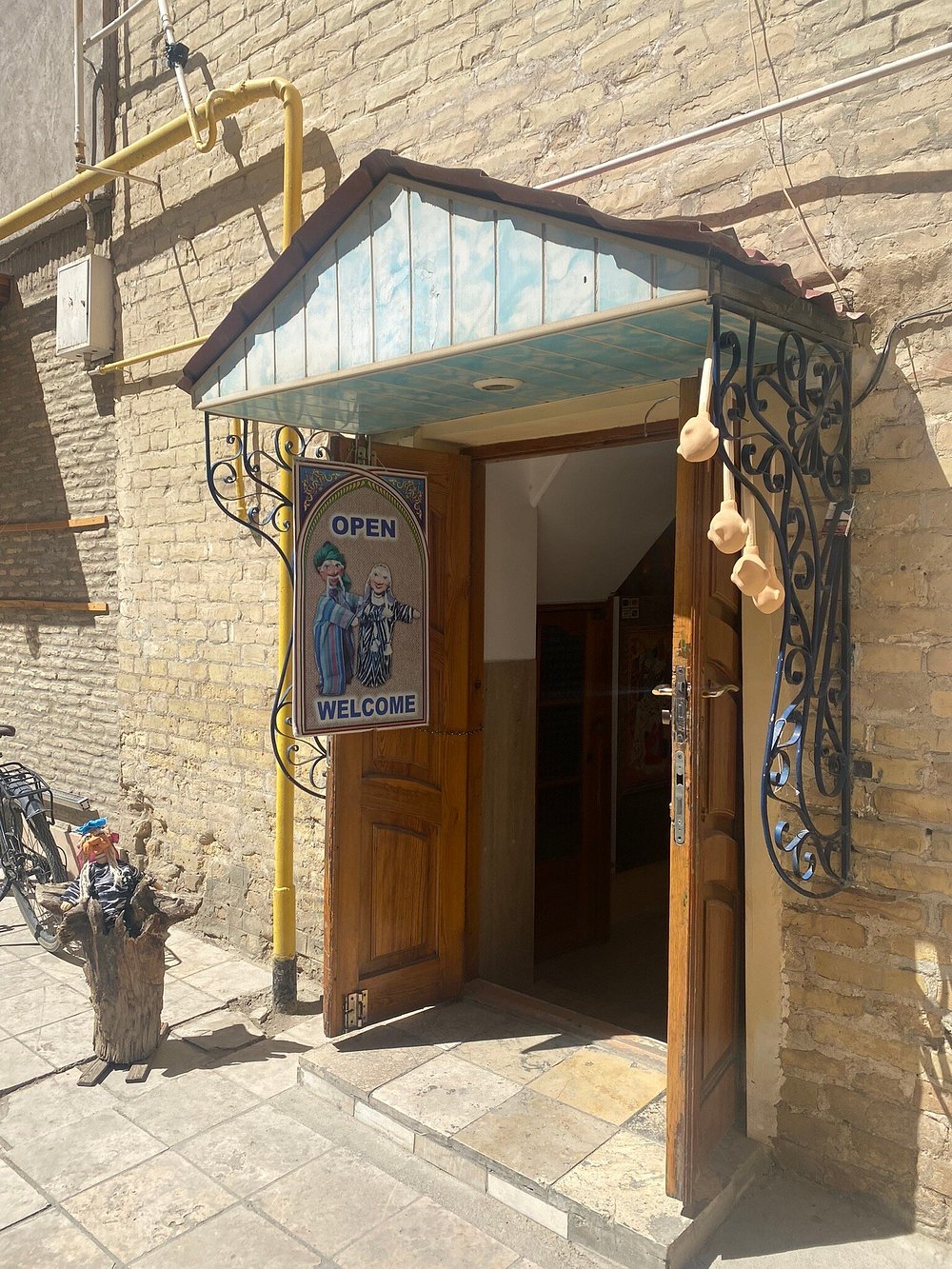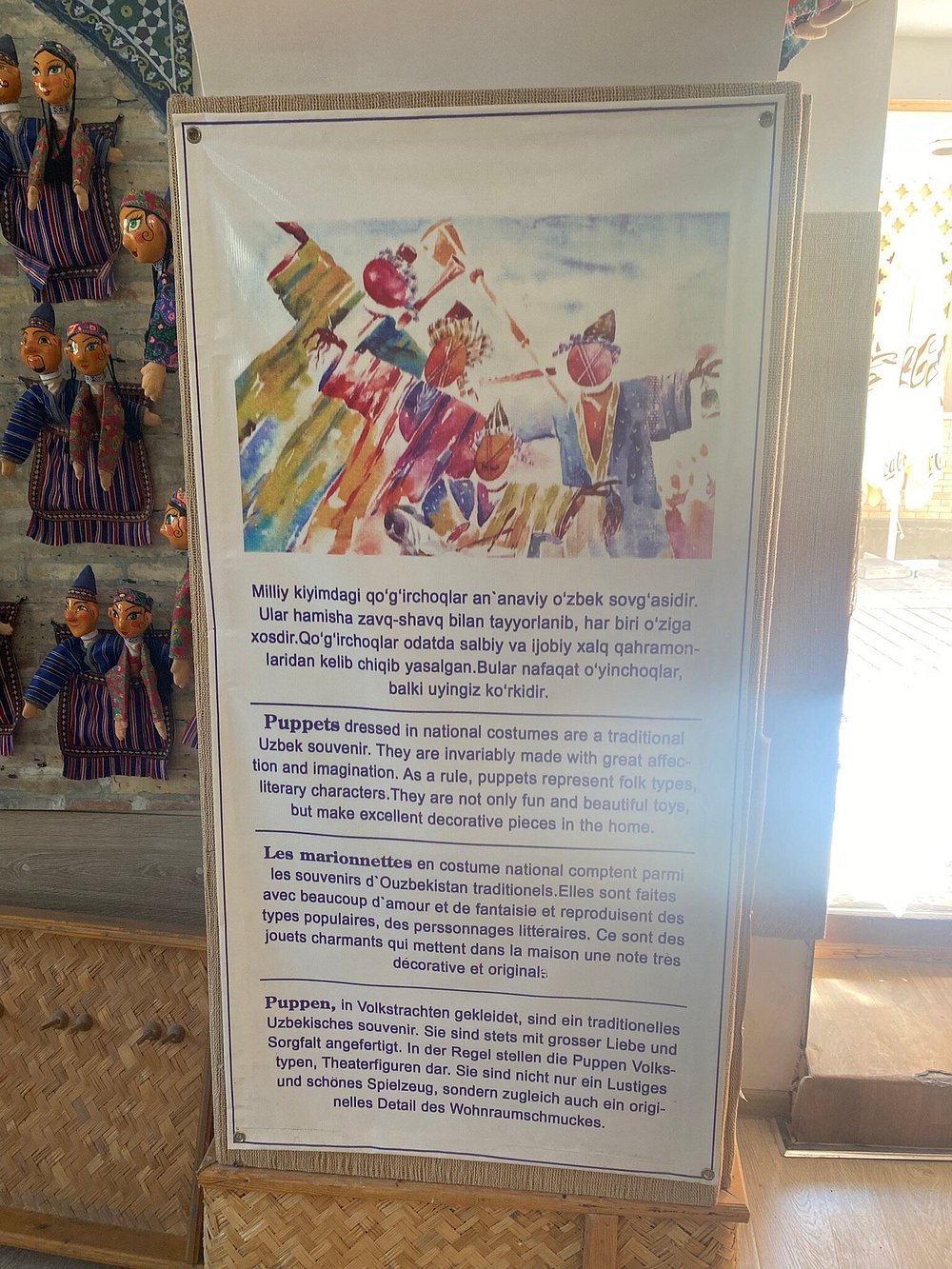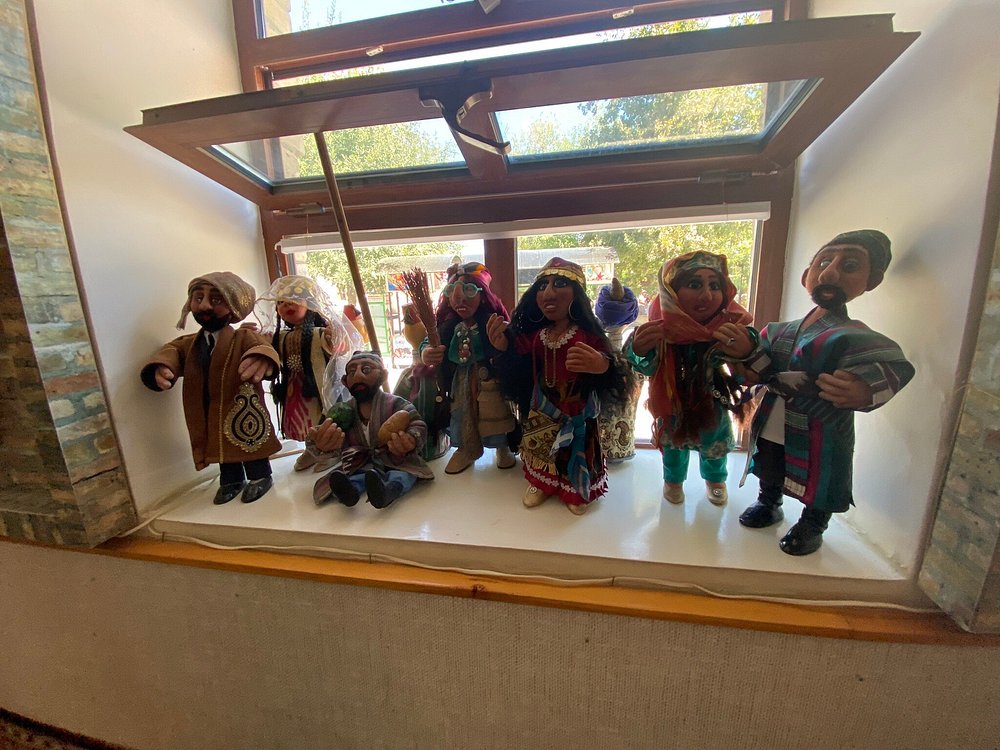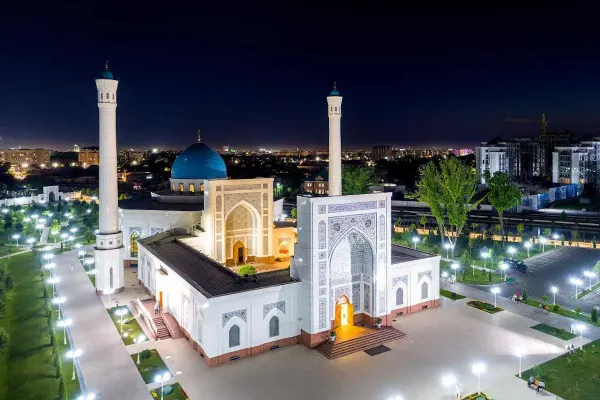Museum-workshop of national dolls in Bukhara
Among the sights of Bukhara, there is one unusual private museum dedicated to the history of the puppet theater of Uzbekistan. The small exhibition hall contains historical materials about the country's puppet theater, its characteristics and stages of development, as well as its impact on the culture of Central Asia. Visitors can also see an exhibition of national Uzbek dolls, expertly made from papier-mache. There is also a souvenir shop where you can buy your favorite doll in memory of the trip and the color of the country.
By the way, this is not the only place in the city where you can get acquainted with the art of making national dolls. The Bukhara Museum of Art has a small exhibition of dolls made of an unusual material — decorative pumpkins.
The exposition
The founder of the museum, Iskandar Khakimov, has been making dolls for more than 20 years. His collections have been on exhibitions in different countries of the world. His workshop is located on the second floor of the museum building, where he is enthusiastically working on creating new exhibits in the collection.
It is important to note that in some sources this place is mistakenly called a puppet theater. The confusion arises from the fact that Khakimov was the founder of the country's first private puppet theater, but later he focused exclusively on making dolls.
The exhibition features dolls 40-50 cm tall, made of papier-mache. The prototypes of the dolls are characters from national fairy tales, and there are many different characters in the collection. It also happens that the inspiration for the master is a real person he met on the street or in a tea house and interested him in his type. Surprisingly, some tourists notice the similarity of some dolls with their friends, and even sometimes with themselves. Many people buy this souvenir doll, and then send a photo of it with the person it looks so much like. In the museum, you can see these pictures and marvel at the coincidence of the types.
The museum staff tells visitors about the history of its creation and the technology of making dolls. This is a rather laborious process consisting of several stages — creating a sketch, plaster bust shape, papier-mache, face painting, costume making. Thanks to the exhibits, visitors can see what is happening at each stage of the creative process. By agreement, master classes are even organized for tour groups, allowing them to understand in detail the intricacies of the craftsmanship of the creators of the collection.
It is noteworthy that there is no entrance fee for visiting the museum. Tourists can purchase a memorable souvenir — expertly made national dolls. The founder of the museum says that his dolls live in different countries, especially often they are purchased by tourists from Belgium, Holland, New Zealand, France, Russia, Japan.
History of creation
While still working in the tourism sector, Iskandar Khakimov understood the need to show tourists not only the main attractions, but also how the population lives — their way of life and rich traditions. One day, the idea arose to create a theatrical performance that would show the customs of the people associated with a traditional wedding. This is how an ethnographic play was written and staged, in which actors were involved. Later, the idea was transformed into the creation of a puppet theater.
His performances were popular with tourists, and after the performances, the audience often asked where they could buy dolls similar to those used during the performance. And one incident made Iskandar think seriously about the production of the collection. After the performance, one of the audience picked up the doll and did not want to part with it, because it looked like her. There was indeed a similarity, but the doll was in a single copy and it was difficult to do without it during the performance. However, I had to give in to an insistent spectator, and sell the doll.
They had to make a new one to replace it. Gradually, Iskandar focused his attention exclusively on creating the collection, mastering the process of making it from scratch thanks to the help of mentors. Over time, a team of craftsmen was formed, and an exhibition dedicated to the peculiarities of the Uzbek puppet theater was created without government support.
